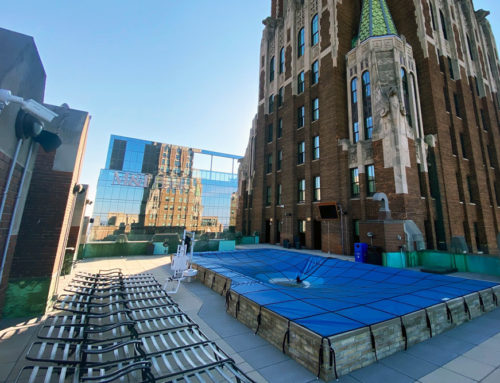Swim lessons are a pool staple, and as the weather warms up, pool management is likely planning for these classes.
There are many steps in preparing for these courses, from figuring out the best time slots, to finding the right instructors. Planning and restructuring for lessons may be an unwelcome thought, however, doing so is important, especially for children who don’t understand the intricacies of swimming.
Know the importance of goals
Swimming is an important life skill and as kids learn new skills, they should be able to recognize their progress. Children probably don’t pay attention to the subtle details such as arm movement and how quickly they kick, which are important aspects of swimming. If you’re unsure of where to start with restructuring swimming lessons, here are three tips.
1. Design lessons according to age: The younger the swimmers, the simpler the lessons should be. Swimming requires a lot of coordination and learning about each movement takes time. Therefore, beginner courses should focus on one part of the body at a time. Smaller children should be able to accurately tell their parents about what they learned in class. Allowing them to pinpoint their progress will increase their confidence.
2. Have more than one instructor: If possible, having two instructors teach in each class will ensure that one is keeping an eye on safety while another assesses each child’s movements. The person observing can note improvements and share them with kids and parents.
3. Create a lesson guide: Outlining the course on paper and sharing it with parents will allow them to understand exactly what their kids are learning every week. Additionally, it gives parents a chance to work with the kids outside of the programs for further instructing, either at home or at your pool. Furthermore, parents will know what to expect from their investment in your classes.
Having your pool stand out doesn’t always have to involve renovation projects or investing in new pieces of equipment. Sometimes, it can be as simple as readjusting the programs that your facility already offers. If possible, speak to the community about additional lessons or changes in existing ones that they’d like to see. This takes the guesswork out of planning and will show your commitment to patrons’ needs. Doing this as soon as possible can help ensure that you’re able to implement any changes before peak season returns.






